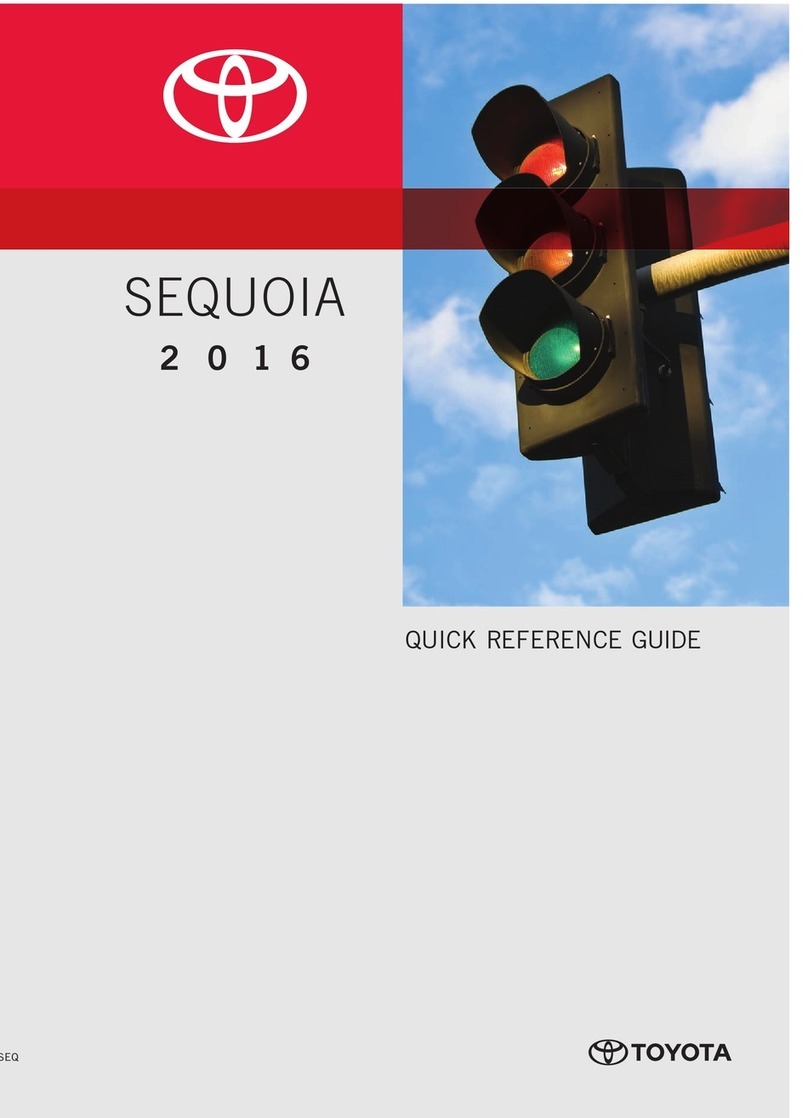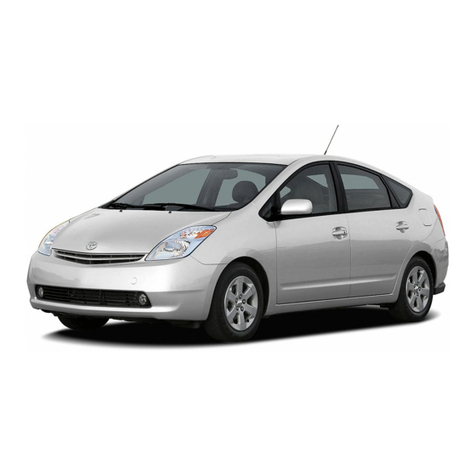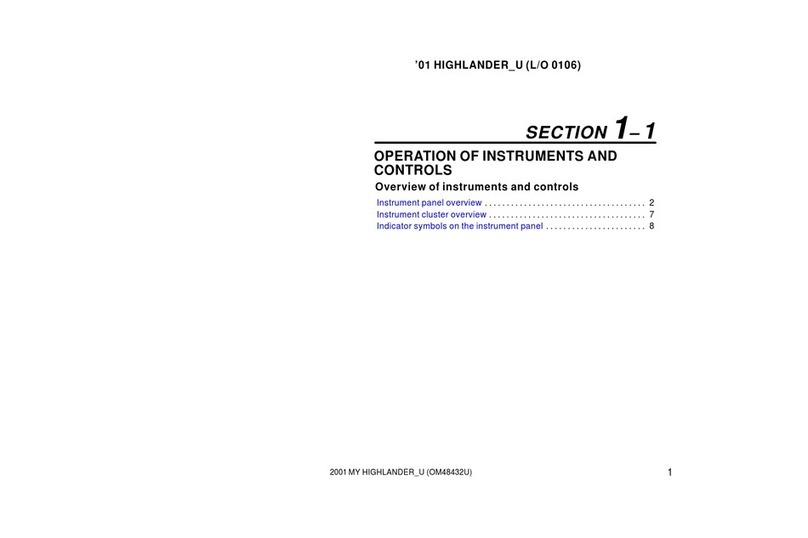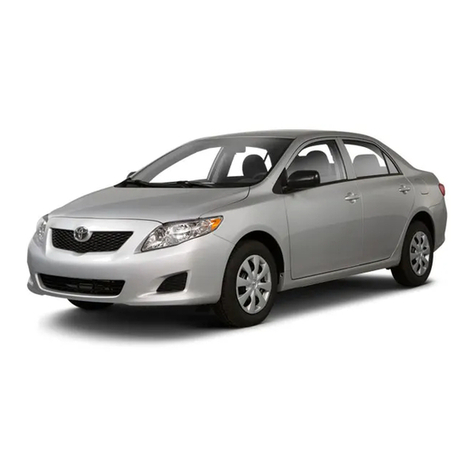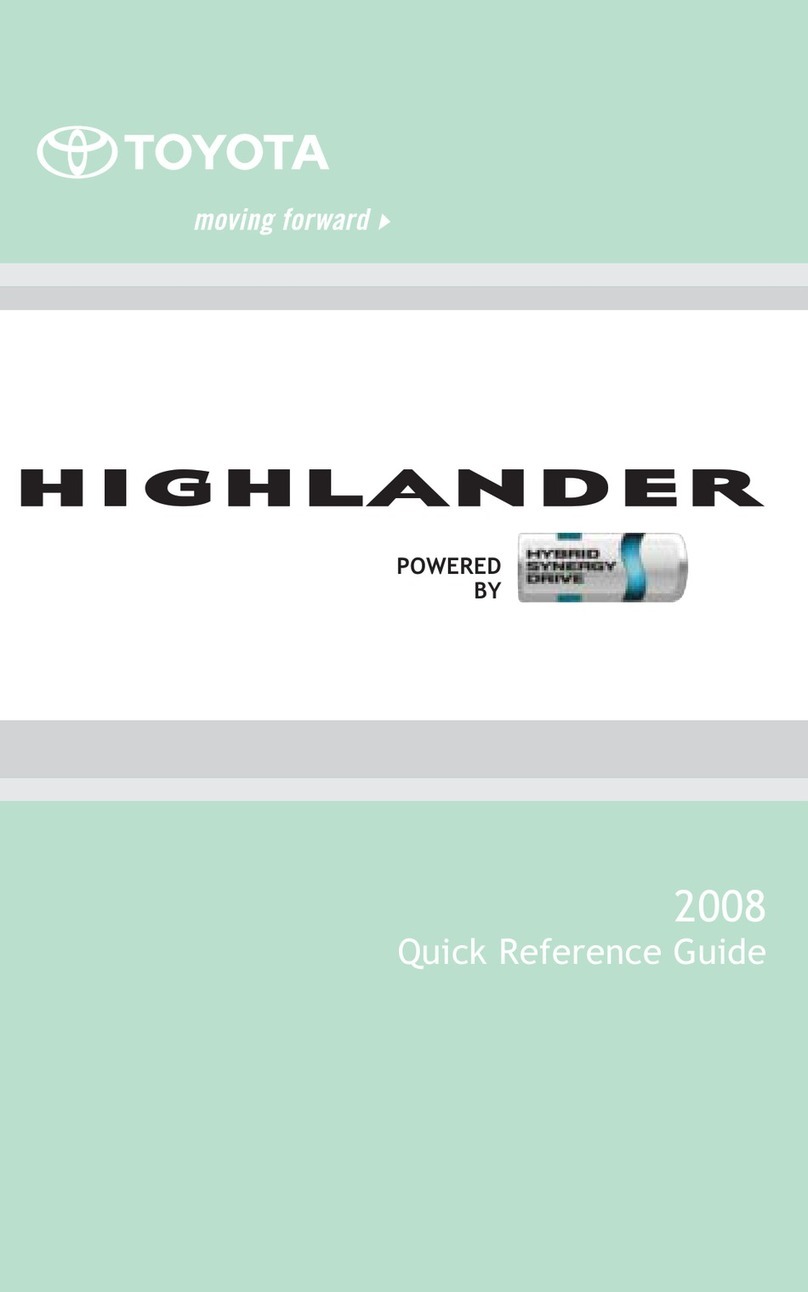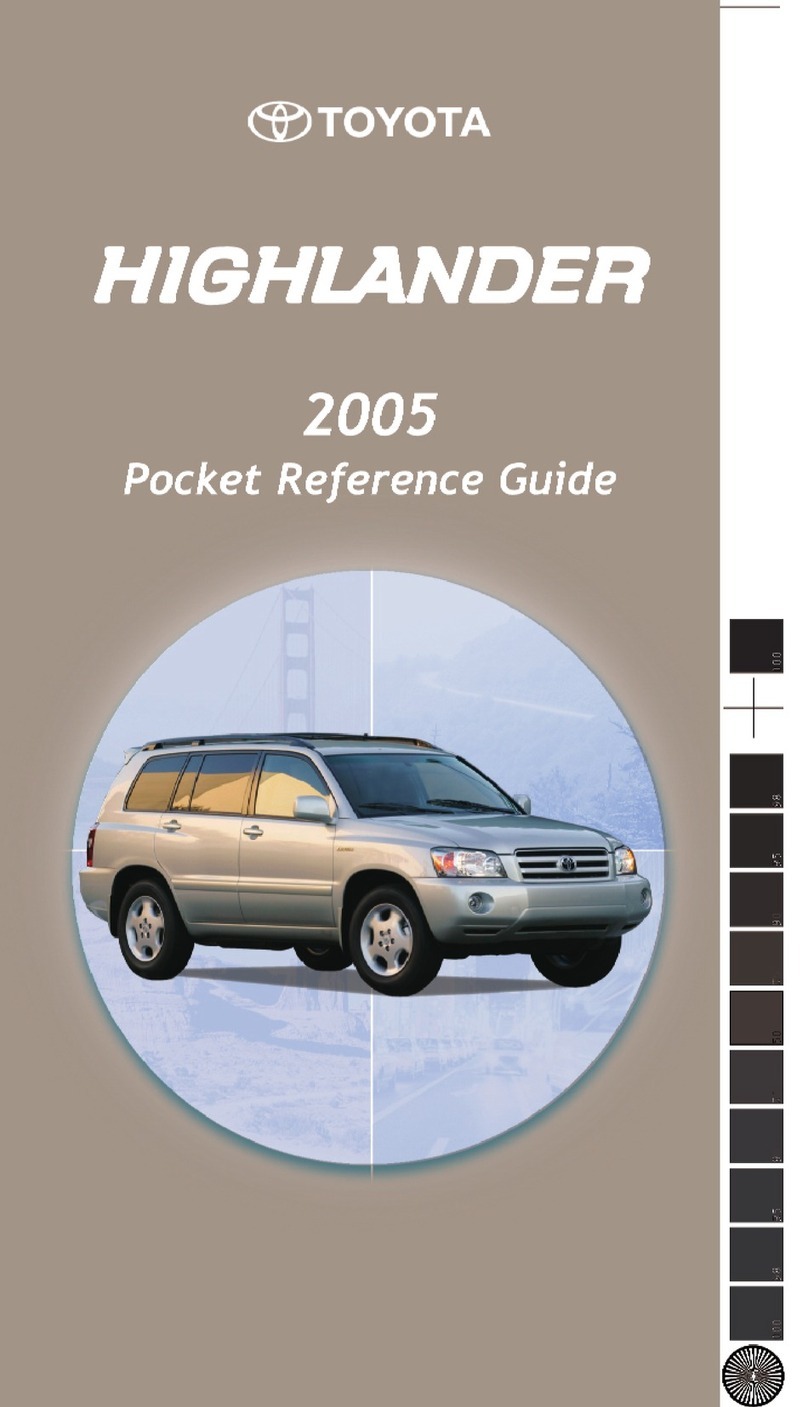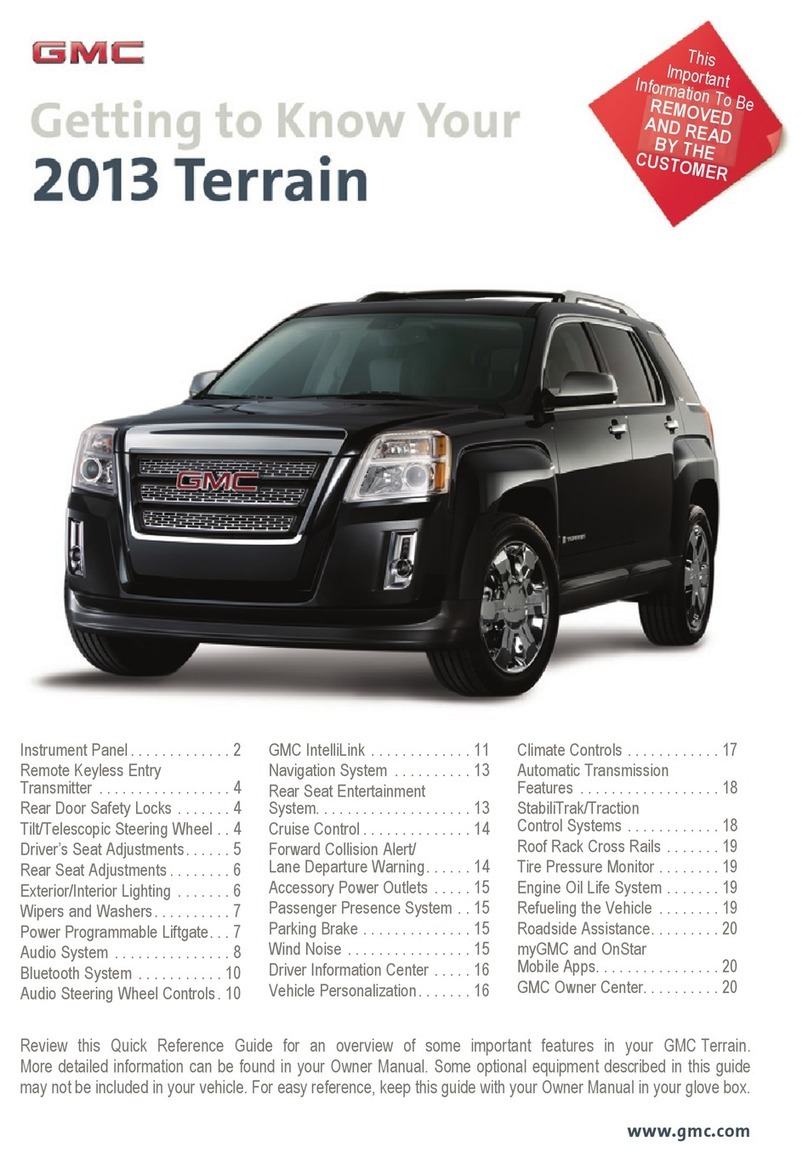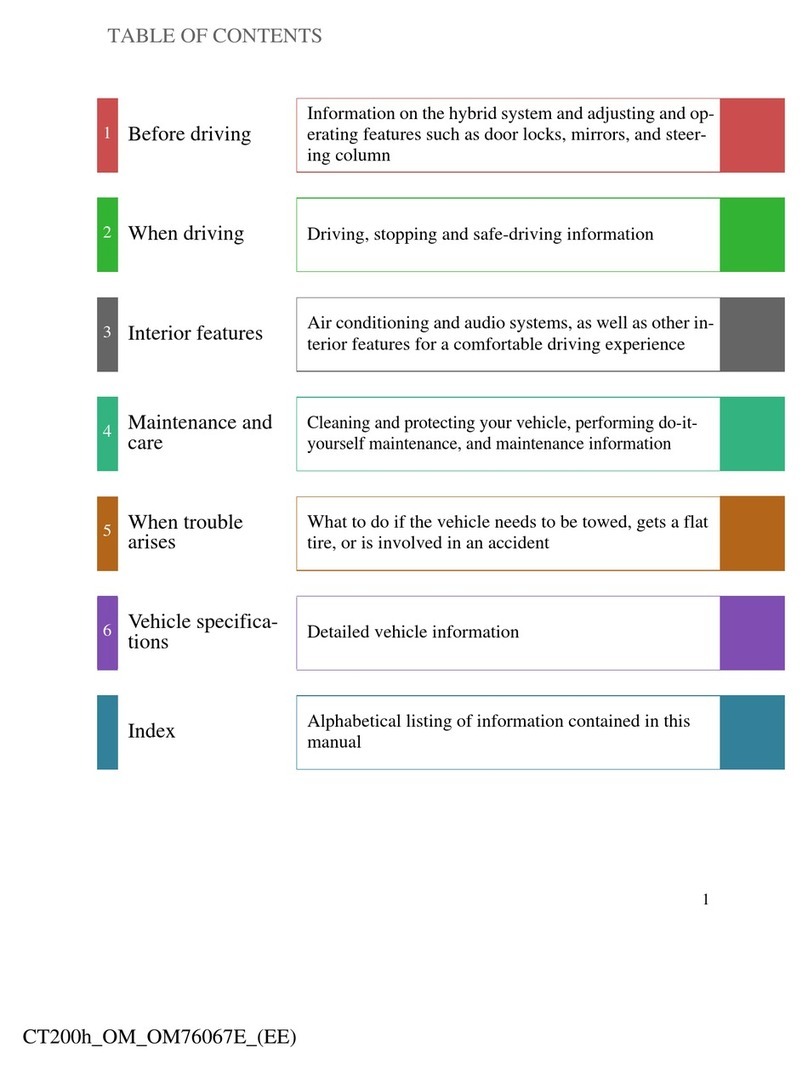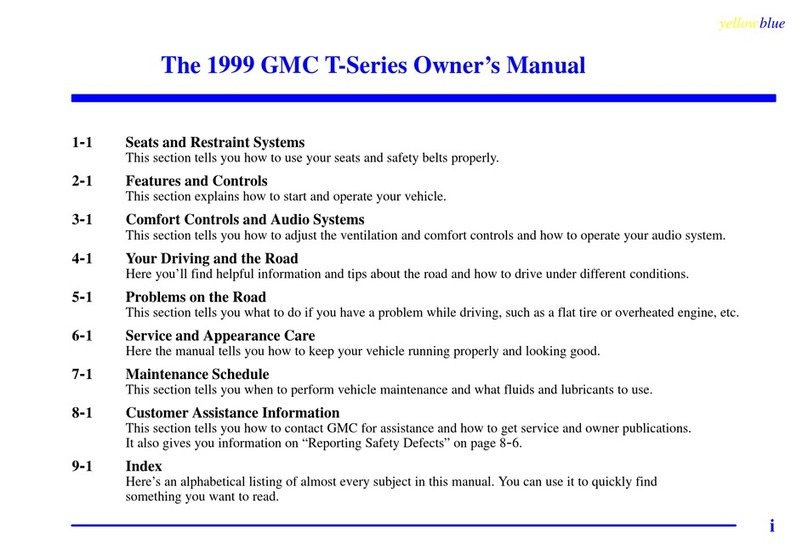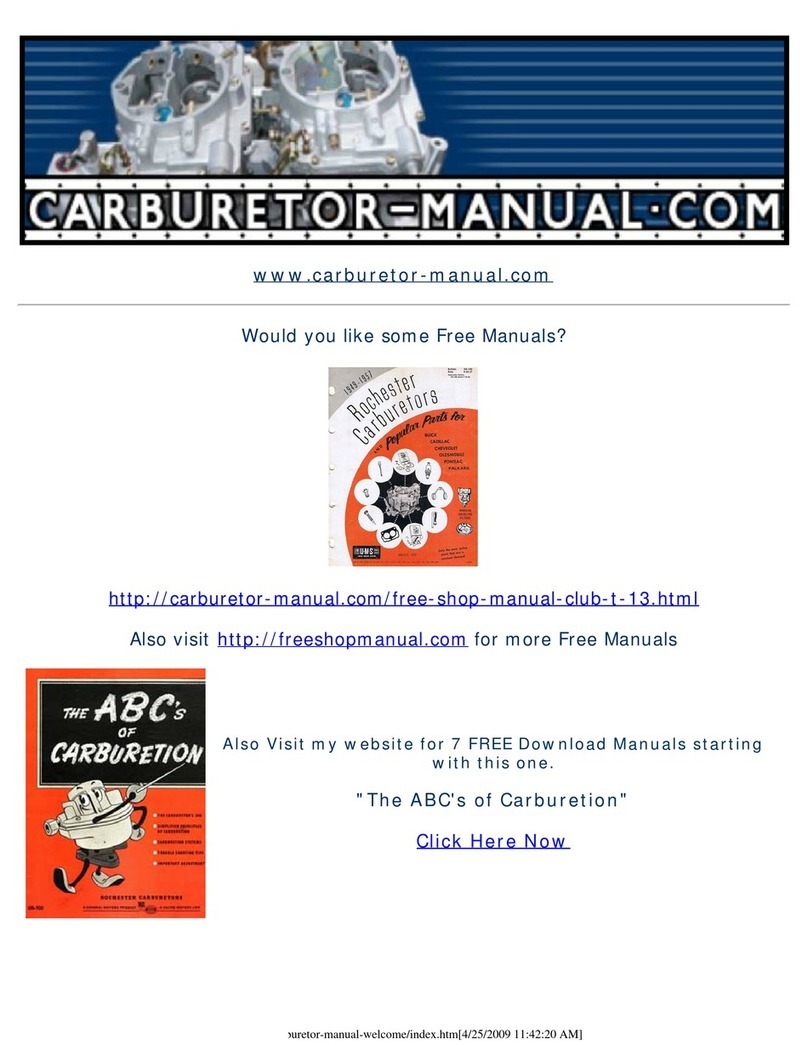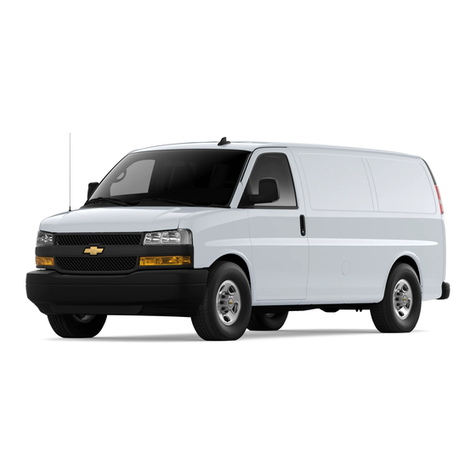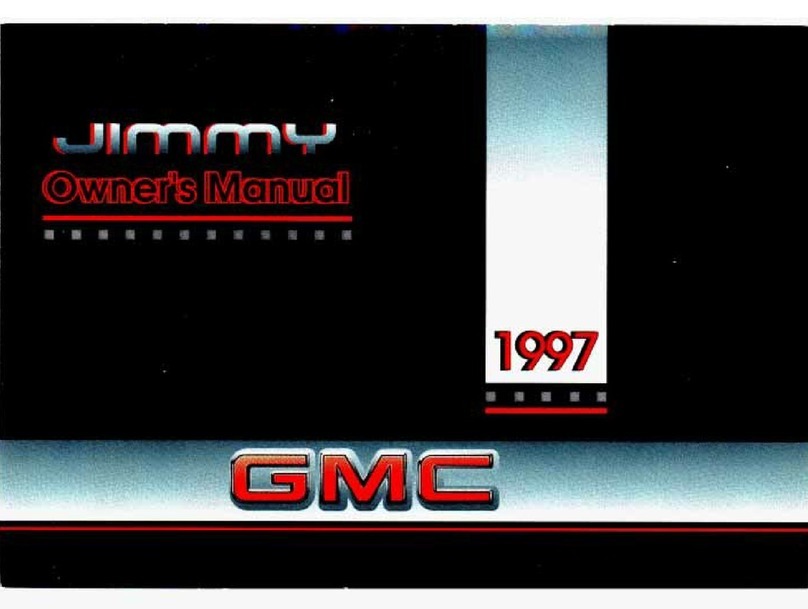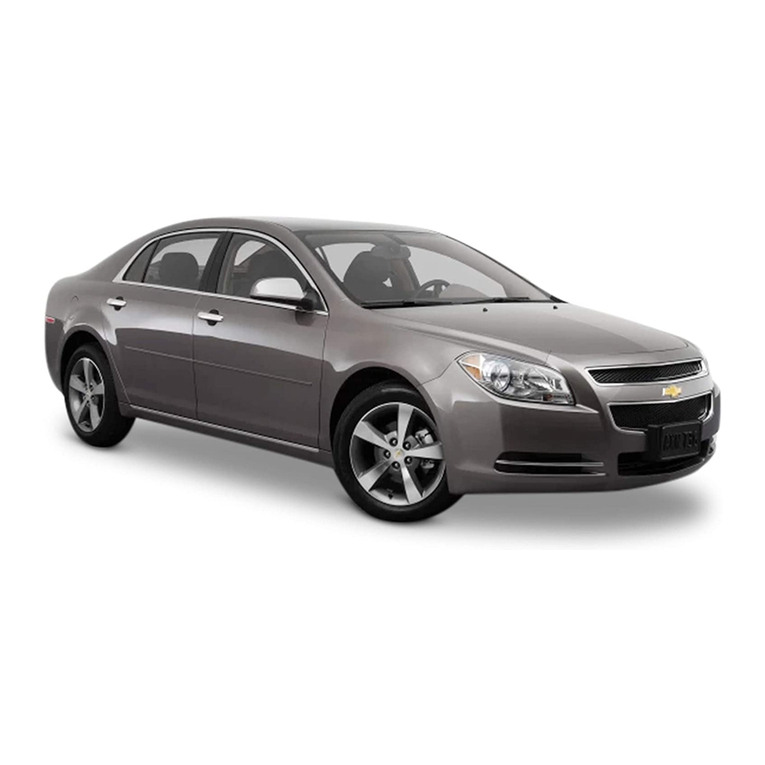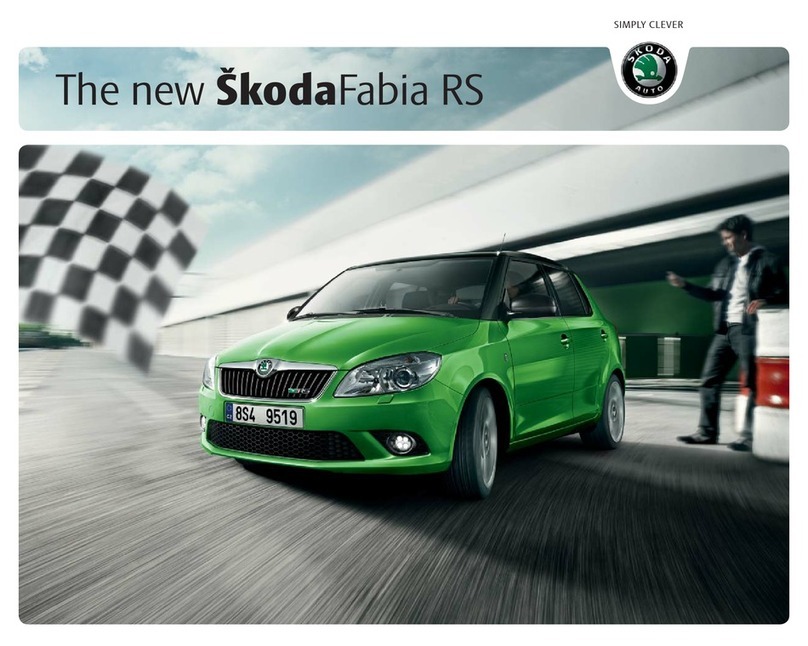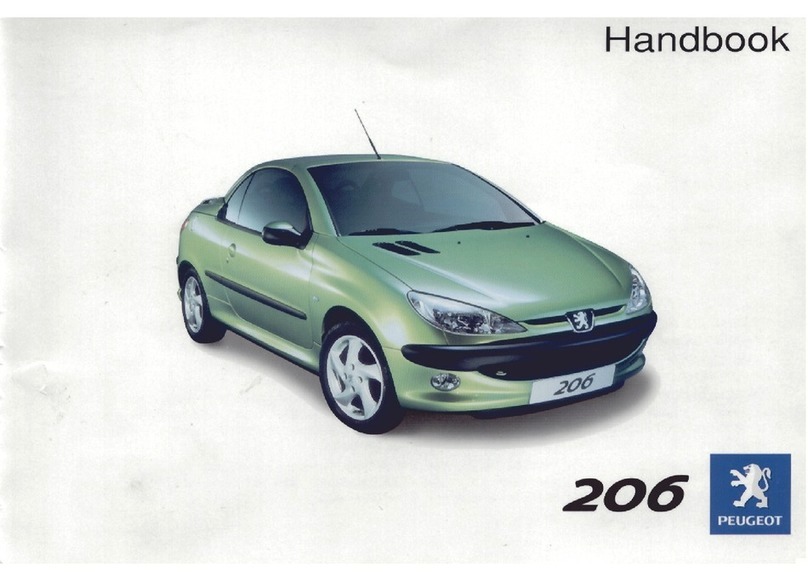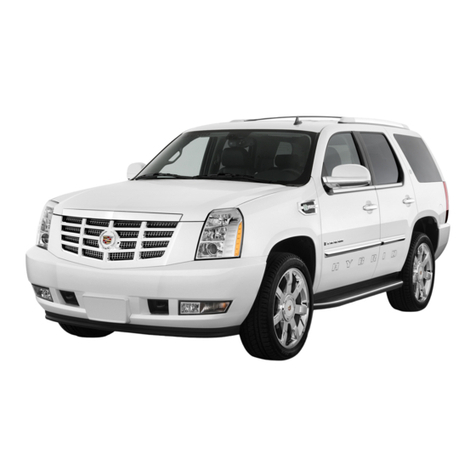
176 2000 4Runner (OM35762U)
ANTI- LOCK BRAKE SYSTEM
(with “ABS” warning light)
The anti- lock brake system is designed
to help prevent lock- up of the wheels
during a sudden braking or braking on
slippery road surfaces. This assists in
providing stability and steering perfor-
mance of the vehicle under these cir-
cumstances.
Effective way to press the ABS brake
pedal:
When the anti- lock brake system func-
tion is in action, just hold the brake
pedal down more firmly. Especially, in a
panic stop, you need to keep it de-
pressed more firmly, and do not pump
the brake. Pumping the brake pedal
makes the stopping distance longer.
The anti- lock brake system becomes op-
erative after the vehicle has accelerated
to a speed in excess of approximately 10
km/h (6 mph). It stops operating when the
vehicle decelerates to a speed below
approximately 5 km/h (3 mph).
Depressing the brake pedal on slippery
road surfaces such as on the manhole
cover, the steel plate under the construc-
tion, joints in the bridge, etc. on a rainy
day tends to activate the anti- lock brake
system.
You may hear a click or motor sound in
the engine compartment for a few seconds
when the engine is started or just after
the vehicle is started. This means that the
anti-lock brake system is in the self-
check mode, and does not indicate a mal-
function.
When the anti-lock brake system is ac-
tivated, the following conditions may
occur, however, do not indicate a mal-
function of the system:
You may hear the anti-lock brake sys-
tem operating and feel the brake pedal
pulsating and the vibrations of the ve-
hicle body and steering wheel. You
may also hear the motor sound in the
engine compartment even after the ve-
hicle is stopped.
At the end of the anti- lock brake sys-
tem activation, the brake pedal may
move a little to the forward.
CAUTION
Do not overestimate the anti- lock
brake system: Although the anti- lock
brake system assists in providing ve-
hicle control, it is still important to
drive with all due care and maintain
a moderate speed and safe distance
from the vehicle in front of you, be-
cause there are limits to the vehicle
stability and effectiveness of steering
wheel operation even with the anti-
lock brake system on.
If tires grip performance exceeds its
capability, or if hydroplaning occurs
during high speed driving in the rain,
the anti- lock brake system does not
provide vehicle control.
Anti- lock brake system is not de-
signed to shorten the stopping dis-
tance: Always drive at the moderate
speed and maintain a safe distance
from the vehicle in front of you.
Compared with vehicles not fitted
with an anti- lock brake system, your
vehicle may require a longer stopping
distance in the following cases:
Driving on rough, gravel or snow-
covered roads.
